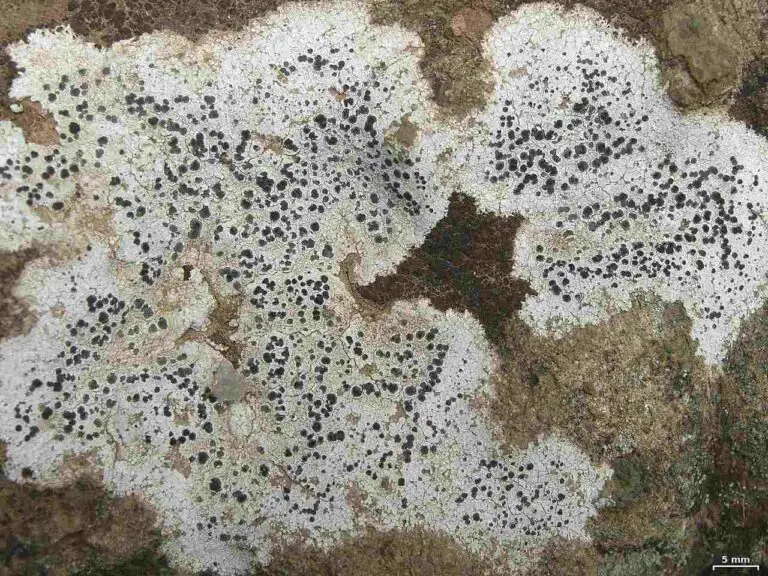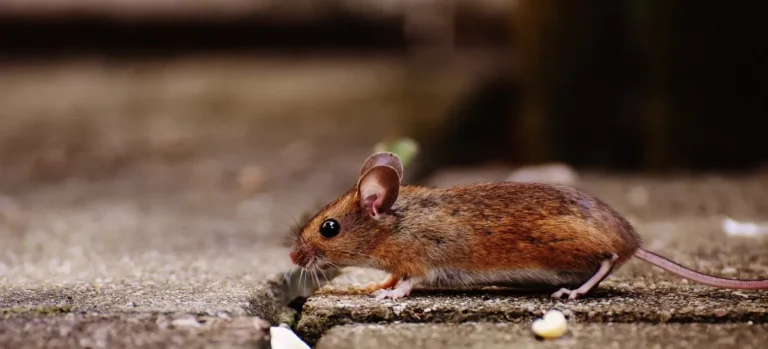5 Agroforestry Examples Explained
Agroforestry examples include; windbreak cultivation, riparian buffers, silvopasture, alley cropping, and traditional forest farming.
This article discusses agroforestry examples, as follows;
1). Windbreak Cultivation (as one of the Agroforestry Examples)
Windbreak cultivation in agroforestry involves the planting of forest vegetation or woody perennials like trees and shrubs, in rows, to serve as barriers against incoming winds [3].
The goal in windbreak cultivation is to reduce the magnitude of wind energy that enters into or passes through an agroforest.
To achieve this purpose, the trees and/or shrubs are configured or arranged in a linear pattern (also called a ‘shelterbelt’) which forms a vegetative wall that protects the farm from wind that acts as an erosive agent; and from other atmospheric influences that can negatively impact air quality on the farm.
The main function of agroforest windbreaks is prevention of soil erosion [4]. However, they also play other roles such as facilitation of pollination and protection of crops in regions prone to high winds and/or desertification.
In such regions, windbreak cultivation can enhance plant growth by reducing interference and damage caused by wind. It can also increase the effectiveness of sustainable irrigation efforts, by preventing damage of facilities, diversion of irrigation water droplets by wind, and rapid drying of soil.
This means that the benefits of windbreak cultivation in agroforestry include soil conservation, water conservation and improved productivity. The practice can also help segregate forest vegetation from agricultural crops to the required extend that prevents unhealthy competition; which is one of the disadvantages of agroforestry.

2). Riparian Buffers
Riparian buffers; also called riparian forest buffers or upland buffers, occur in the riparian zone which is the interface between land and water bodies like streams or rivers, that possesses both aquatic and terrestrial characteristics [5].
The riparian forest buffer can occur naturally, but may also be cultivated by humans as part of agroforestry practices in areas adjacent to water bodies.
They have aesthetic importance, and are also usually very fertile for the growth of agricultural crops.
The function and configuration of riparian forest buffers are both similar to those of agroforest windbreaks.
Trees that make up riparian buffers are often arranged in strips or rows, and serve as tools for ecosystem protection.
The physical barrier formed by riparian buffer trees, as well as the binding-effect of their roots on the soil, make them effective for mitigating both anthropogenic and natural hazards like floodplain erosion and landslides that can occur in the riparian zone.
3). Silvopasture (as one of the Agroforestry Examples)
Silvopasture is simply the cultivation of trees, shrubs and other woody perennials, among forage crops on pastoral land [1]. More appropriately, the term could be referred to as silvopastoralism or silvopastoral farming; when referring to the processes or activities involved.
It is a classic example of agroforestry with respect to livestock raising; and its effectiveness depends on how well the forage crops are integrated with forest vegetation, in terms of synchronizing their dietary needs, growth behaviors, and roles in the energy pyramid.
Silvopasture cultivation is also an effective method of landscape management.
It can be used to optimize the long-term yield of pastoral farming, and could integrate other sustainable agricultural practices like crop rotation and rotational grazing for the best results.
Plant species involved in a silvopastoral farming project may include cover crops like legumes and grasses, as well as woody perennials like shrubs and trees.
The cultivation of silvopastures helps to establish ecologic resilience and sustainability that could reduce the environmental impacts of pastoral farming in general, and conserve soil and water resources.
4). Alley Cropping
Alley cropping is a system of agroforestry that involves the cultivation of multiple strips or rows of trees in alternation with agricultural crops [2].
There are major similarities between the concept of alley cropping and that of conventional organic farming. It is a versatile practice, which can be used to effectively grow both agricultural and horticultural plant species.
The ecosystem which is established in alley cropping is more like a grassland than forest.
Alternating trees and agricultural crops helps to ensure that plants get enough solar energy without obstruction from the canopy of trees.
Alley cropping system establishes ecologic resilience, and protects crops from pests and diseases through a combination of physical barring and biodiversity.

5). Traditional Forest Farming (as one of the Agroforestry Examples)
Traditional forest farming describes the less-specialized form of agroforestry which involves cultivating agricultural crops under a carefully-managed tree canopy.
This form of agroforestry may be unplanned and circumstantial, and often has a sparse arrangement of trees relative to crops.
A broad range of plant species can be grown in traditional forest farms, so that these farms are highly diversified compared to conventional, crop-only farms.
Conclusion
Agroforestry examples are;
1. Windbreak Cultivation
2. Riparian Buffers
3. Silvopasture
4. Alley Cropping
5. Traditional Forest Farming
References
1). Balehegn, M. (2017). “Silvopasture Using Indigenous Fodder Trees and Shrubs: The Underexploited Synergy Between Climate Change Adaptation and Mitigation in the Livestock Sector.” Climate Change Adaptation in Africa (pp.493-510). Available at: https://doi.org/10.1007/978-3-319-49520-0_30. (Accessed 17 November 2022).
2). Boinot, S.; Fried, G.; Storkey, Metcalfe, H.; Barkaoui, K.; Lauri, P.; Mézière, D. (2019). “Alley cropping agroforestry systems: Reservoirs for weeds or refugia for plant diversity?” Agriculture Ecosystems & Environment 284(2015):106584. Available at: https://doi.org/10.1016/j.agee.2019.106584. (Accessed 17 November 2022).
3). Brandle, J. R.; Hodges, L.; Zhou, X. (2004). “Windbreaks in North American agricultural systems: New visitas in Agroforestry.” Agroforestry Systems 61(1). Available at: https://doi.org/10.1023/B:AGFO.0000028990.31801.62. (Accessed 17 November 2022).
4). Řeháček D., Khel T., Kučera J., Vopravil J., Petera M. (2017). “Effect of windbreaks on wind speed reduction and soil protection against wind erosion.” Soil & Water Res., 12: 128−135. Available at: https://www.semanticscholar.org/paper/Effect-of-windbreaks-on-wind-speed-reduction-and-Řeháček-Khel/11e076f06f5e58dbc2206d5251bdfd46fac0c17f. (Accessed 17 November 2022).
5). Spencer, S. A.; Devito, K.; Macdonald, S. E. (2016). “Terrestrial and Riparian Organisms, Lakes and Streams (TROLS).” Forestry Chronicle 92(01):50-52. Available at: https://doi.org/10.5558/tfc2016-015. (Accessed 17 November 2022).


